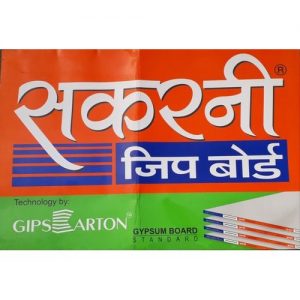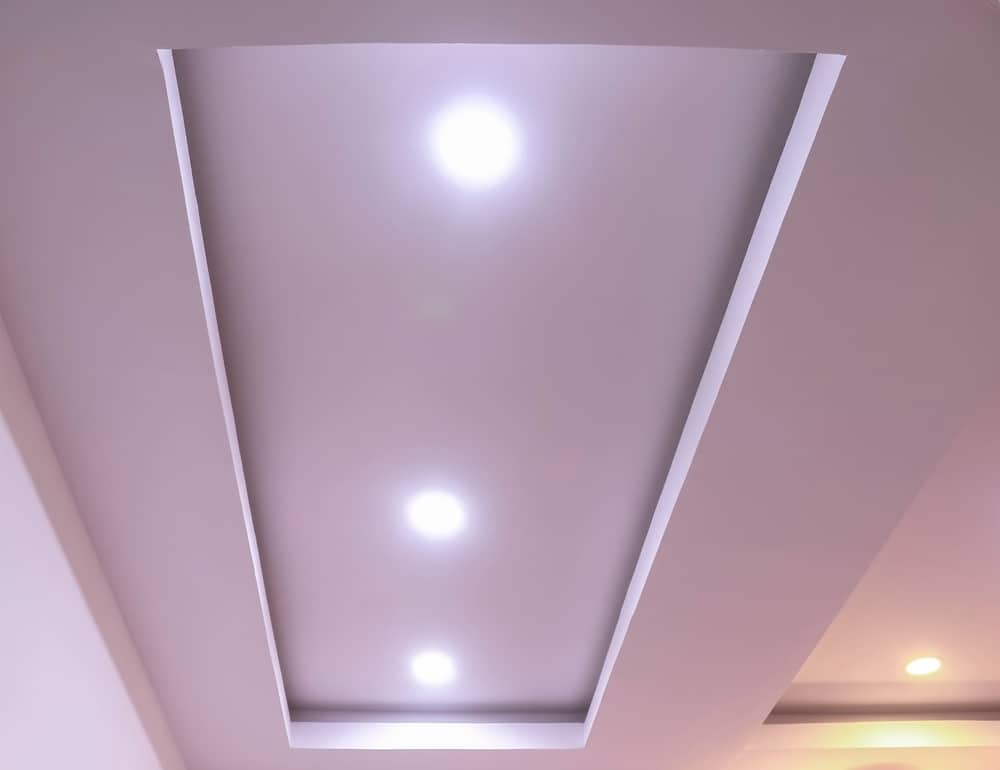A core of set gypsum is surfaced with specially made paper that is firmly adhered to the core. It’s made to be utilized without the use of plaster on walls, ceilings, or partitions, and it creates a surface that may be painted or covered with paper. Gypsum board is widely utilized in drywall construction, which eliminates the need for plaster.
It is also available in the market with one surface coated with aluminum and another surface covered with heat-reflective foil, imitation wood grain, or another design on the outer surface, eliminating the need for additional adornment.
Some of the most prevalent types of gypsum board on the market are clad wallboard, backing board, core board, fire-resistant gypsum board, water-resistant gypsum board, and gypsum form board. A Gypsum board is a type of gypsum plaster panel that is pressed between two thick sheets of paper. It is also known as drywall, plasterboard, or wallboard. Gypsum board has a variety of characteristics that make it a popular construction material.

Gypsum Board’s Benefits
The advantages of gypsum as a construction material are numerous
1. It’s utilized in plaster to give us a clean white finish that’s free of cracks, bumps, and scars when correctly placed. When it comes to indoor finishing, this is the most important property and aspect.
2. Balancing the indoor environment, humidity, and temperature: They have a natural ability to balance the indoor climate, humidity, and temperature. It is safe for the environment.
3. It has excellent aesthetic and functional qualities: Architects’ creativity is fostered by the use of gypsum products that are cost-effective and It also offers a wide range of beautiful design options.
4. Installation: Installation is simple when using gypsum products, such as for internal wall construction. All we have to do is fix the frame and fill in the joints. The entire process is clean, simple, and quick, and there is no trained personnel necessary for installation. The use of gypsum plaster as a final finish reduces the amount of painting required. The white surface lends itself to a tidy appearance.
5. On a major wall, create niches for your TV, entertainment system, and décor items to transform a dull room into a magnificent setting. TV units made of gypsum work well for concealing electrical wires and making it easier to add and remove decor without hurting the main wall. Gypsum walls are an excellent technique to divide a huge area into several smaller rooms for different purposes. Keeping the study and bedroom separate, for example, maybe necessary for some, and drywall can help you create a clearly defined zone for yourself. For larger homes with a vintage atmosphere, ornamental elements such as molding are ideal. They catch the eye and give the area an expensive vibe even when they are created in simple white.
6. Gypsum is a fire-resistant material: It is naturally fire-resistant. They reduce the risks of a fire spreading, ensuring the safety of people. This fire-resistant gypsum is now due to the presence of water in gypsum products. A 15mm thick sheet of gypsum plasterboard would contain nearly a litre of crystal water. When a fire comes close to water, the water evaporates, leaving a protective coating over the gypsum product. This would aid in preventing the fire from spreading to other materials.
7. Gypsum’s Non-Combustible Property: When gypsum products are heated, the water crystals in the gypsum substance are heated as well. Calculations are the term for the heat-induced dehydration of gypsum. The calculations result in a covering over the components that prevent combustion and permit nearby materials to retain a lower, safer temperature.
8. Gypsum’s Acoustic Properties: Gypsum products are designed with sound insulation and acoustic qualities in mind. Other tasks, such as masonry, might work well, as it is often utilized in a thicker thickness and is now discovered to be less demanding than gypsum. For example, instead of a 110mm thick brick wall, we can use 75mm thick drywall to obtain the same sound performance.
9. Gypsum’s thermal characteristics: The gypsum construction’s thermal qualities would allow for a healthy balance of indoor humidity and temperature. Gypsum construction comprises cavities, such as plasterboard or formwork, that provide additional insulating benefits. Plasterboards operate as a vapor barrier in interior construction, limiting indoor dampness.


